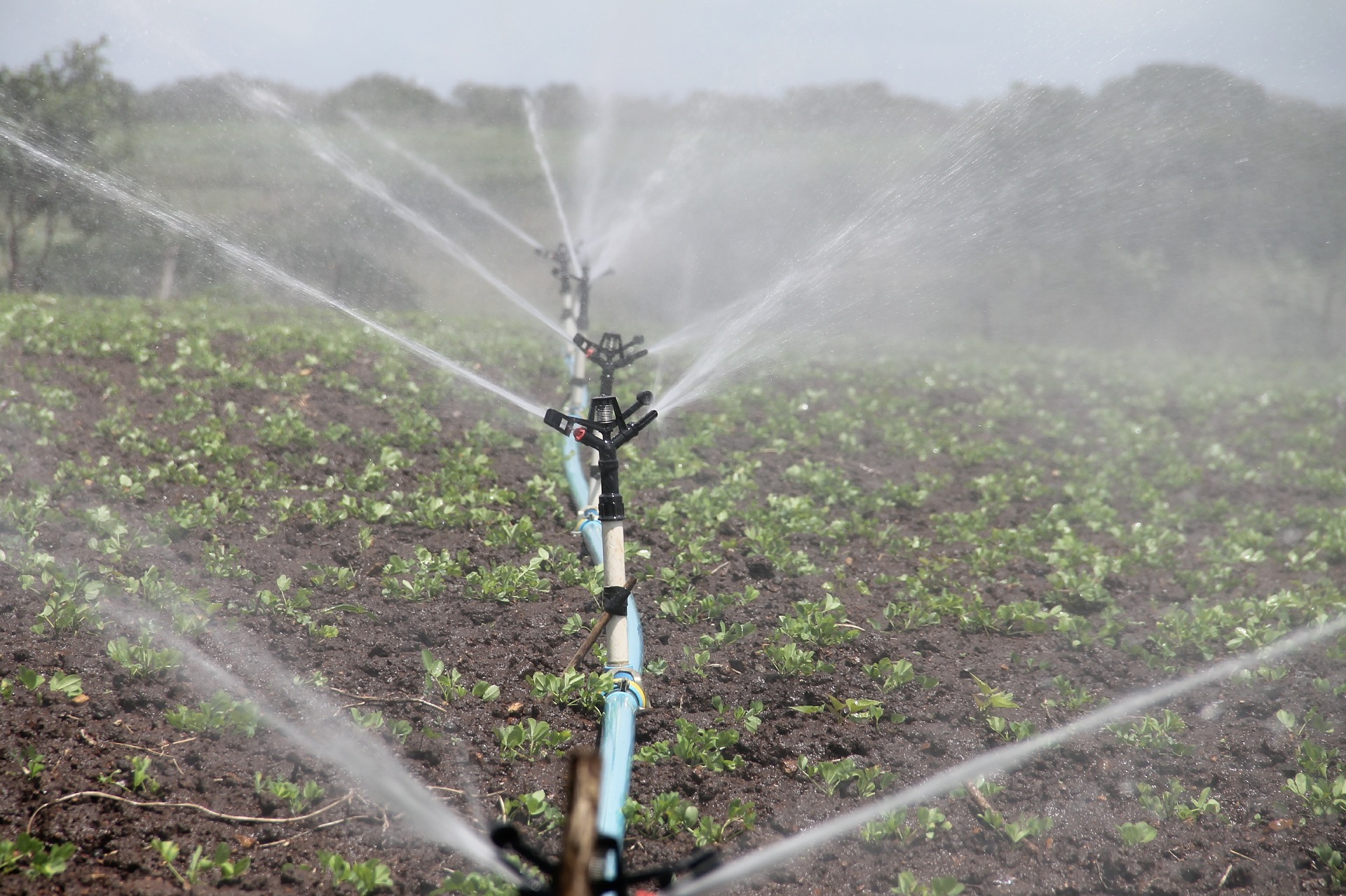Israel’s cities are not ready for the climate crisis
November 2, 2020A new Israeli study conducted in Haifa found that the city is not sufficiently prepared to deal with the effects of the climate crisis. Additionally, the lack of awareness among local decision-makers and city residents was found to be alarming
The agonizing heatwave that caused September 2020 to become the hottest September on record once again made it blatantly clear that extreme climate events already have a palpable impact on public life. Unfortunately, events like heatwaves, fires, droughts, and floods are expected to become more frequent and severe in the coming years due to the intensifying climate crisis.
And if that failed to bring home the message, a new study presented at the Annual Conference for Science and the Environment 2020, on October 13-12, might do the job. The study found that the city of Haifa in northern Israel is insufficiently prepared to deal with the climate crisis and that awareness of the issue among decision-makers and residents is disconcertingly low.
“In Israel, there is a visible increase in fires and floods caused by higher temperatures and extreme rainfall events – which can claim lives, as we saw last year,” says Dr. Maya Negev of the Haifa University School of Public Health, a member of the research team of the new study. “We expect temperatures to keep rising, which will entail longer, more powerful, and more frequent heatwaves. Such heatwaves are very dangerous to public health and can cause heat-induced strokes,” Negev stresses.
According to Negev, there is a connection between heatwaves and a rise in morbidity and mortality. “In a previous study, we found that heatwaves increased the risk of suffering a stroke by 10 percent and were also linked to heart diseases,” she says.
“However, the willingness to take immediate action to combat the climate crisis in Israel is very small, both at the local and the national level,” says Negev. “It seems that this is not yet perceived as a significant problem that needs to be addressed.”

Residents are vulnerable in sensitive areas
Apart from Negev, the research team included Prof. Shlomit Paz, Dr. Motti Zohar, Dr. Hani Nouman, and Tamar Zohar from the University of Haifa, as well as Prof. Hagai Levine from the Hadassah Medical Center of the Hebrew University in Jerusalem. “We chose to focus on the municipal level because cities have many potential measures they can implement in order to prepare for the climate crisis,” says Negev.
The city of Haifa was selected for the study due to its climatic, geographic, and social susceptibility. Haifa stretches across different elevation levels, from the low-lying Mediterranean shoreline into mountainous wooded terrain, which increases its vulnerability to extreme weather events.
The researchers mapped the areas and the concentrations of at-risk populations that are more susceptible to extreme weather. According to the study, the Carmel area, located adjacent to a wooded area at a higher level, is more vulnerable to fires than the rest of the city. In the low-lying areas of Haifa – for instance, in the Kiryat Haim neighborhood – there is a higher risk of heatwaves as well as floods during intense rain events.
According to the study, most of the sensitive population lives in those low-lying areas. The city is home to various vulnerable groups, including the elderly and residents of the lower socioeconomic strata (who may have difficulty financing air conditioning during heatwaves, for example).

“It will not happen in my generation”
Aside from their mapping efforts, the researchers also conducted 30 in-depth interviews with senior health and welfare officials in the city (including hospital administrators)
in order to evaluate their level of awareness and preparedness concerning the risks presented by climate change.
The study has found that Haifa may be well-prepared for war and fires, but when it comes to extreme weather events, the situation looks rather grave.
“We have seen very clearly that there is no significant awareness of the climate crisis as a threat that needs to be addressed, neither in the health care system nor in the welfare system,” says Negev. “Hospital administrators and city officials told us they had heard of heatwaves in Europe, but they do not think it is something that can happen nowadays in Haifa, so they are not preparing for it. For example, a senior in the welfare department told us: “I doubt this will happen in my generation.”
“This mindset is not surprising, though. In most local governments of the country and even in the central government, there is a substantial lack of appreciation of the urgency of the risk, and that it has to be dealt with here and now,” stresses Negev.
“One of the directors of the hospitals in Haifa said in an interview with us that this is the first time someone raised the issue of preparing for the climate crisis. Apparently, neither the Ministry of Health nor the federal government instructed the municipalities to prepare for the climate crisis and also do not allocate any budget for it,” she adds. In addition, the researchers conducted a survey of 550 city residents. Respondents were asked to rate various threats according to the extent they believe they will affect them personally. Apart from fires, which were ranked in the fourth place, the other four climate-related risks that the participants were asked about (extreme heatwaves, floods, the climate crisis in general, and droughts) ranked far lower than that. The majority of the people were more concerned with the economic situation, political corruption, earthquakes, violence and crime rate, social inequality, and disputes.
Nonetheless, several cities in Israel have begun to prepare for the climate crisis, most notably Tel Aviv, which recently presented a climate adaptation plan. However, most local authorities have little or no involvement in the issue.
“In many countries around the world, local governments have taken the lead in the preparations for the climate crisis, but local governments in Israel are trailing far behind,” says Negev.
There are various steps that municipalities can take in order to prepare for the climate crisis and reduce its effects. “One very important (heat-reducing) measure in cities is planting trees, and this must be done today so that in 10 years, there will be sufficient shade,” emphasizes Negev. Other measures include investing in sustainable buildings that utilize the sun and wind for temperature regulation, implementing artificial shading in public spaces, and retrofitting public buildings and transportation systems to withstand warmer temperatures and extreme weather events. “There are many things that can be done to adapt our cities to the climate that will prevail in Israel in 2030 and 2040. But the time to prepare is now,” she concludes.
The Haifa Municipality has chosen not to comment on the report or the article.
This ZAVIT article was also published in The Jerusalem Post on 11/01/2020.







